The project presented below was developed during the "Open Systems" course of the Master's Degree in "Systemic Design".
The work involved collaboration with about twenty students and the division of the same into two main phases. In the first phase the whole team worked on the analysis of the current linear system of the territory assigned to us, the Dorsale del Po, an area located south of Turin. This passage allowed the understanding of the physical characteristics of the landscape, of its material culture and of the economic dynamics that regulate its livelihood.
After this research, following a systemic approach, it was possible to critically analyze what was highlighted so as to identify the problems that prevent a systemic functioning of the territory, able to exploit the resources available in the region to achieve the creation of a social, economic system and productive based on ethics and territory. In this way the resources used, the waste obtained, the public and private actors involved in the implementation and the relationships that bind them to redefine the process and obtain an open system in which the generated outputs become inputs to be used as resources have been identified.
Subsequently, the macro-group was divided into 8 sub-groups linked to the different food chains that make up the analyzed macro-system: Meat, Milk, Cereals, Fruits and Vegetables. In turn, each supply chain was characterized by two sub-groups, one in charge of analyzing the cultivation / production phase and the other the transformation phase. The only exception is the fruit and vegetable supply chain in which the second sub-group did not deal with the transformation but with the analysis and study of the markets of the countries of the territory, a point of contact between the cultivation / production phases and the end user.
This temporary subdivision of the research areas of the subgroups, always guided by a strong interaction between the different teams, has allowed a parallel redesign of both the individual supply chains and the macro-system, based however on the principles of systemic design. It is important to underline how the work of the various teams is advanced simultaneously and constantly influencing itself because only in this way has it been possible to optimize the exploitation of the waste from the various fields, very often useful for fueling activities belonging to other sectors.
(Here is the link that highlights the five principles of "Systemic Design" -> http://socialmakingeconomies.studiosuperfluo.com/it/tesi/design-sistemico/)
Based on this introduction, the presentation of the following tables is based on the design process carried out. Thus, after a general analysis of the intervention region, the focus of the project will be based on the markets, in particular that of Racconigi as an emblematic case study, to then reconnect with the macro-system and the benefits generated by the parallel work carried out by the larger group.

The area of the ridge develops in the middle plain, between the provinces of Turin and Cuneo and includes one of the most important and specialized agricultural districts of the province of Turin. A landscape characterized by the conspicuous presence of natural and artificial watercourses used for irrigation, flat and very fertile, in which there are some valuable agricultural crops of some typical Piedmontese products such as the cultivation of Carmagnola peppers and others vegetables in the open field and highly productive corn. From the naturalistic and tourist point of view since 2016, the "Collina Po" (Piedmontese part of the Po Park) is part of the UNESCO "Man and Biosphere Program"



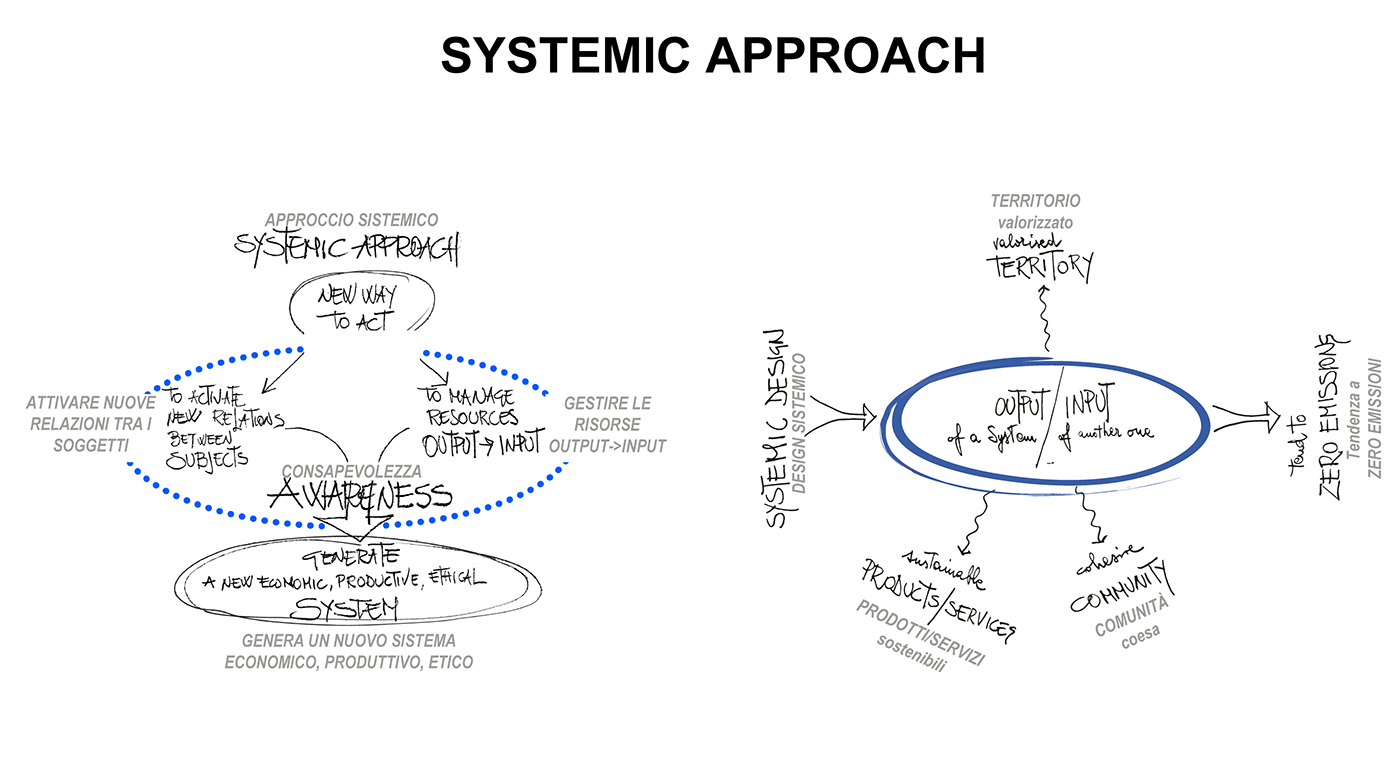

The term market, in economics, indicates both the place (in a figurative sense) and the moment in which the economic-comercial exchanges of raw materials, goods, services, money and the financial instruments of the particular economic subsystem of reference are made. The market is made up of the whole of demand and supply, that is, of buyers and sellers. With buyers we indicate consumers, who buy goods and services for personal use; with sellers we mean those who sell services, products in order to obtain the price, or the economic value of a good or service expressed in current currency in a given time and place, which may vary due to changes in demand and offer. Buyers and sellers, according to these definitions, interact to form markets. A market in this sense is therefore a group of buyers and sellers who interact to form exchange opportunities. The markets thus defined are therefore public spaces; not only economic but also socio-cultural exchange centers: they are meeting places and social gathering places.



The market in the current situation appears to be linked to global buying and selling logic, going to the detriment of product quality and altering the original role of the market. A market should in fact be the place where it is possible to recognize the characteristics and the territorial dynamics: understand which are the typical products of the territory and in which seasons they are present, interact with the producers to know the production methods of the products, find out which ones they are the small productive activities characteristic of the area. All aspects that are not present in the market we have chosen.
Despite the dynamics of buying and selling, the Racconigi market, due to its position, can represent a revitalization bench for this municipality. In fact, the area where the market is located is in the heart of the town and winds through the streets of the historic center of Racconigi.
The market does not take place in an open square but is modeled on the basis of the plan of the city that hosts it, an uncommon factor for the markets, but very important for the characterization of a similar activity at the local level. On a perceptive level, the Racconigi market invites visitors to "discover" the rest of the market along small streets dotted with traditional views and populated by market stands.
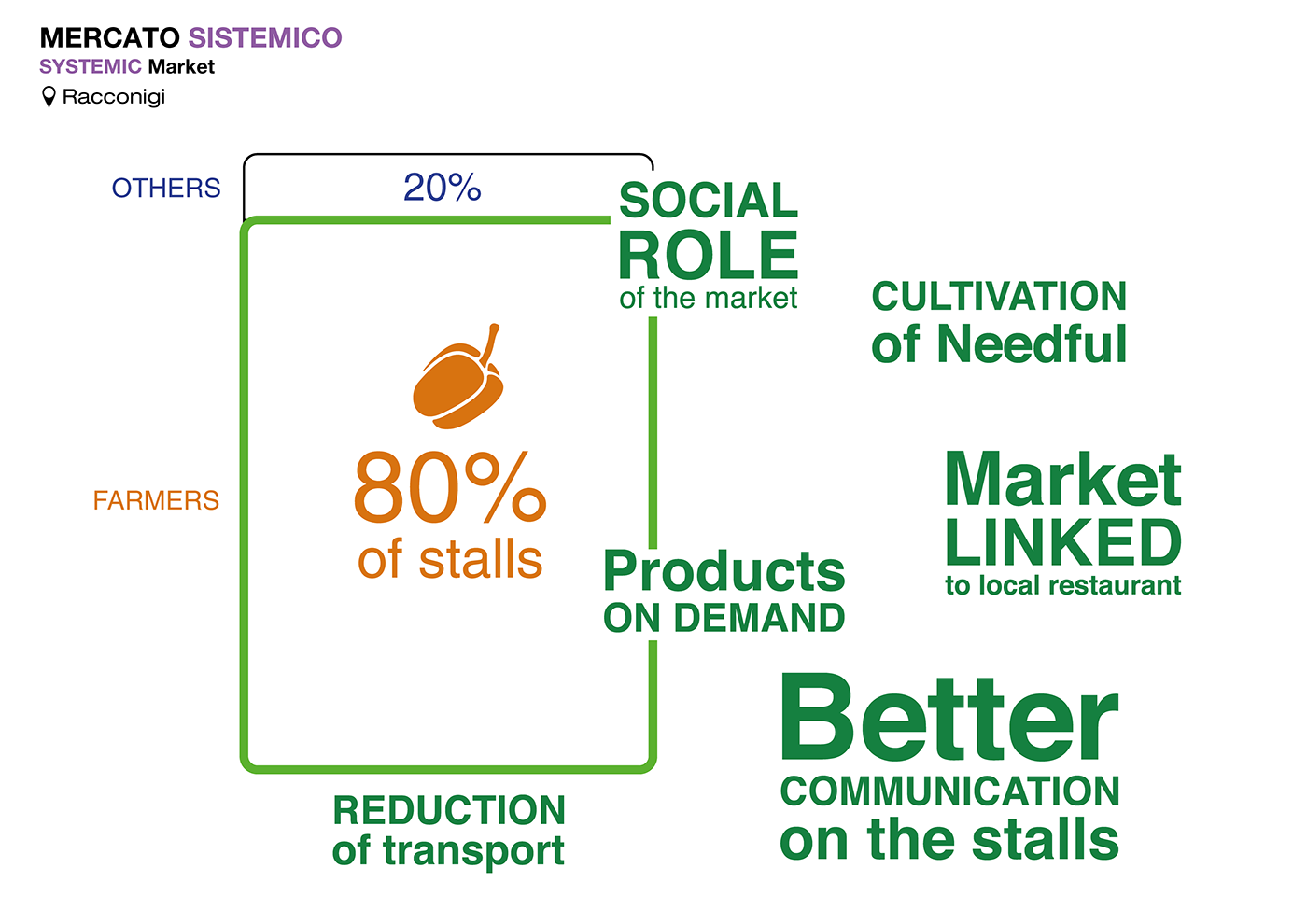

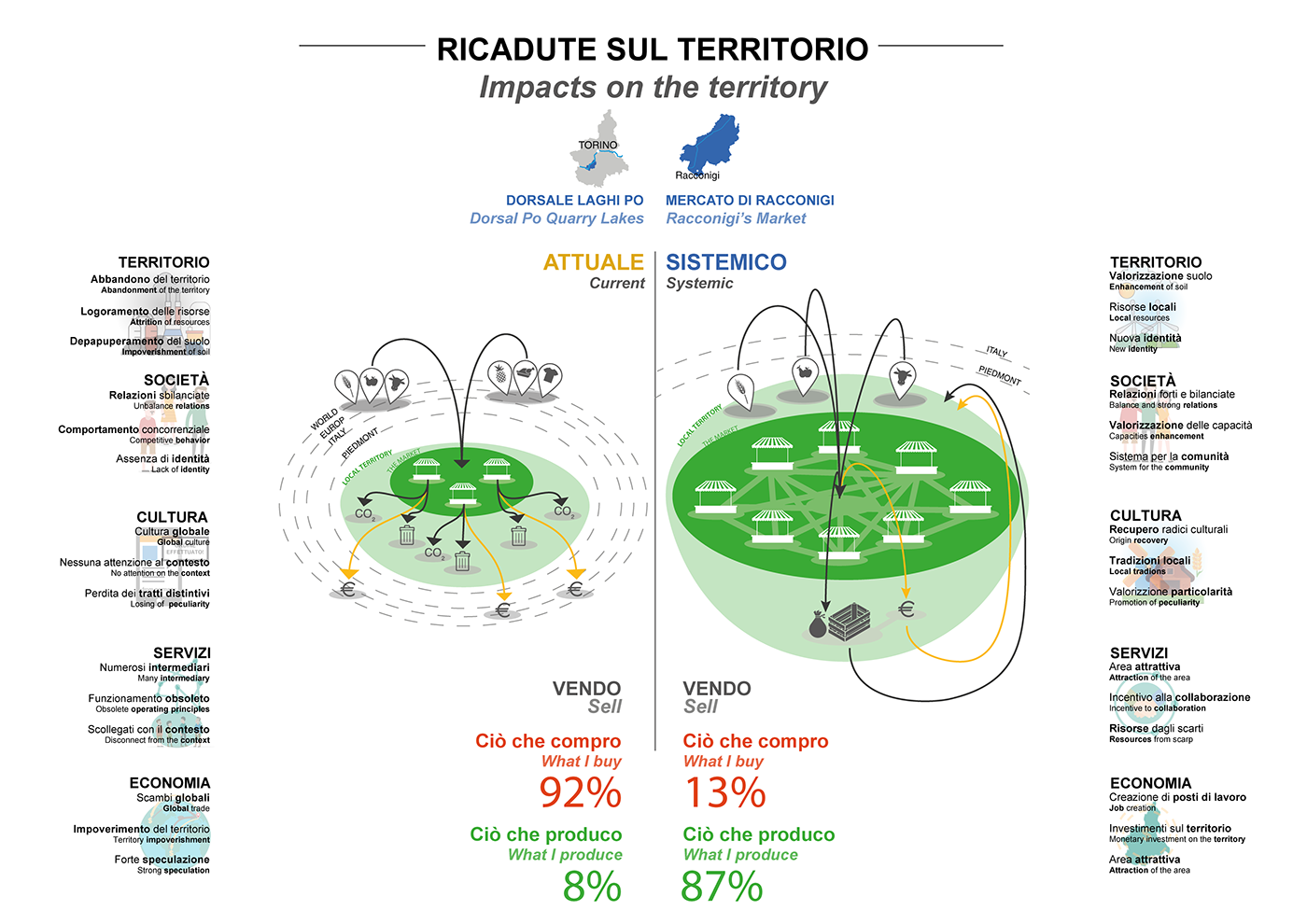
To increase the presence of producers in the market at least 80% of the total of fruit and vegetable vendors and food.
Our main interest is the incentive of local products and the sale of these by local producers in order to promote consumer awareness of the quality of the product sold and the importance of the territory.
The local product, at zero kilometer is crucial for the development of the territory and allows both economic development and social development: the increase in consumer demand generates a virtuous circle, determining the growth of agricultural production, meat and caesarea of products linked to the territory, respecting the seasonality, and promoting the qualitative aspect of production rather than quantity. A production devoted to quality rather than quantity would result in a significantly lower production of waste and a consequent decrease in the costs of managing waste disposal and taxes, costs that would be further reduced, or almost, with proper disposal for organic waste and no longer edible and a redistribution of those still "saved".
The systemic management of the market aims, in short, to promote the territory through dairy products, meat products, fruit and vegetables and cereals, bakery products and local confectionery. The market would become a place where consumers can not only choose and know the typical products but also establish relationships of trust with the producers themselves. A new commercial reality is created that reinforces not only the role of the local market and typical products, but also seeks to weaken the presence of large retailers and the spread of products from the CAAT. Valuing the sold product seeks to reduce the presence of unsold and waste.

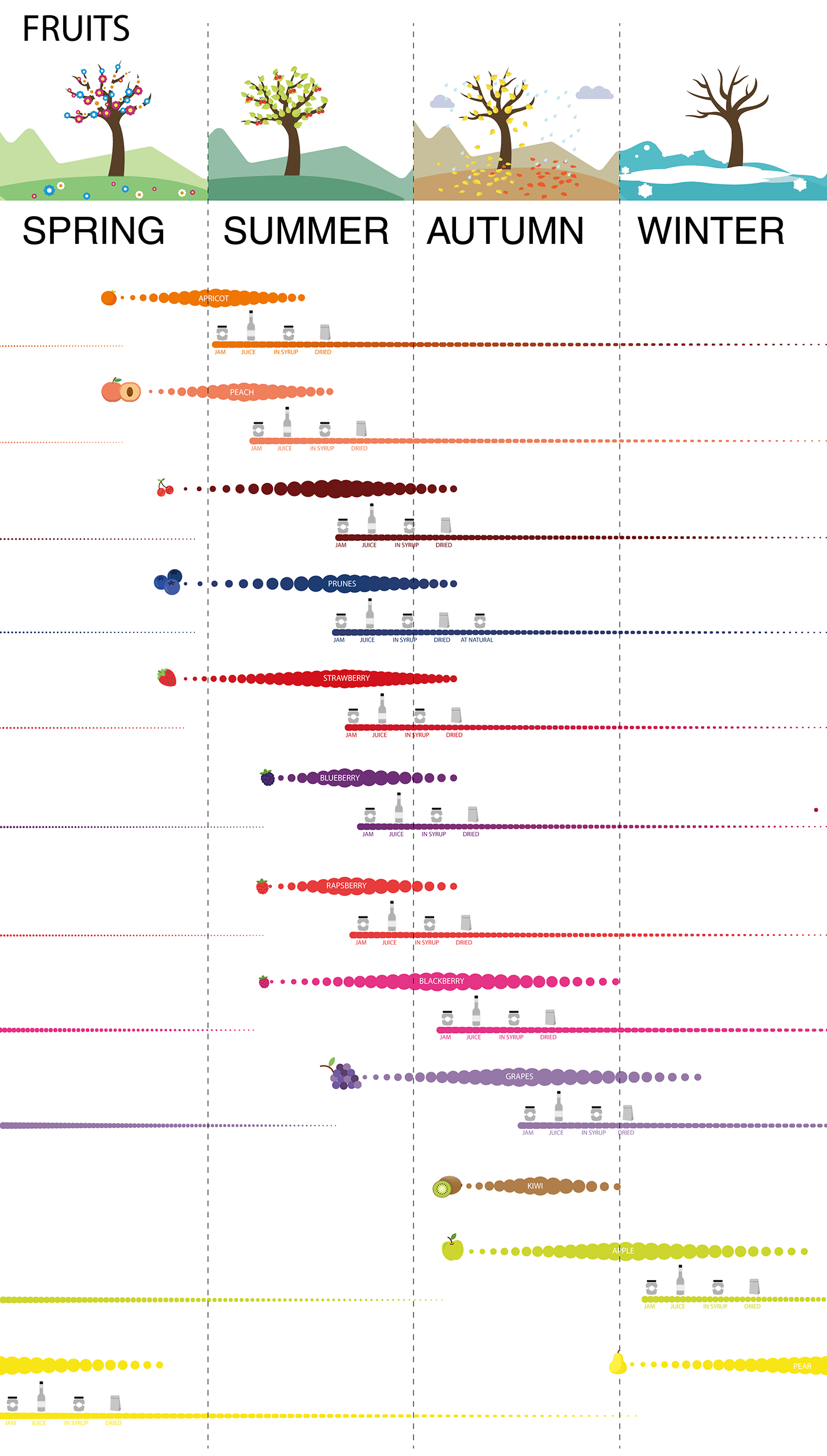

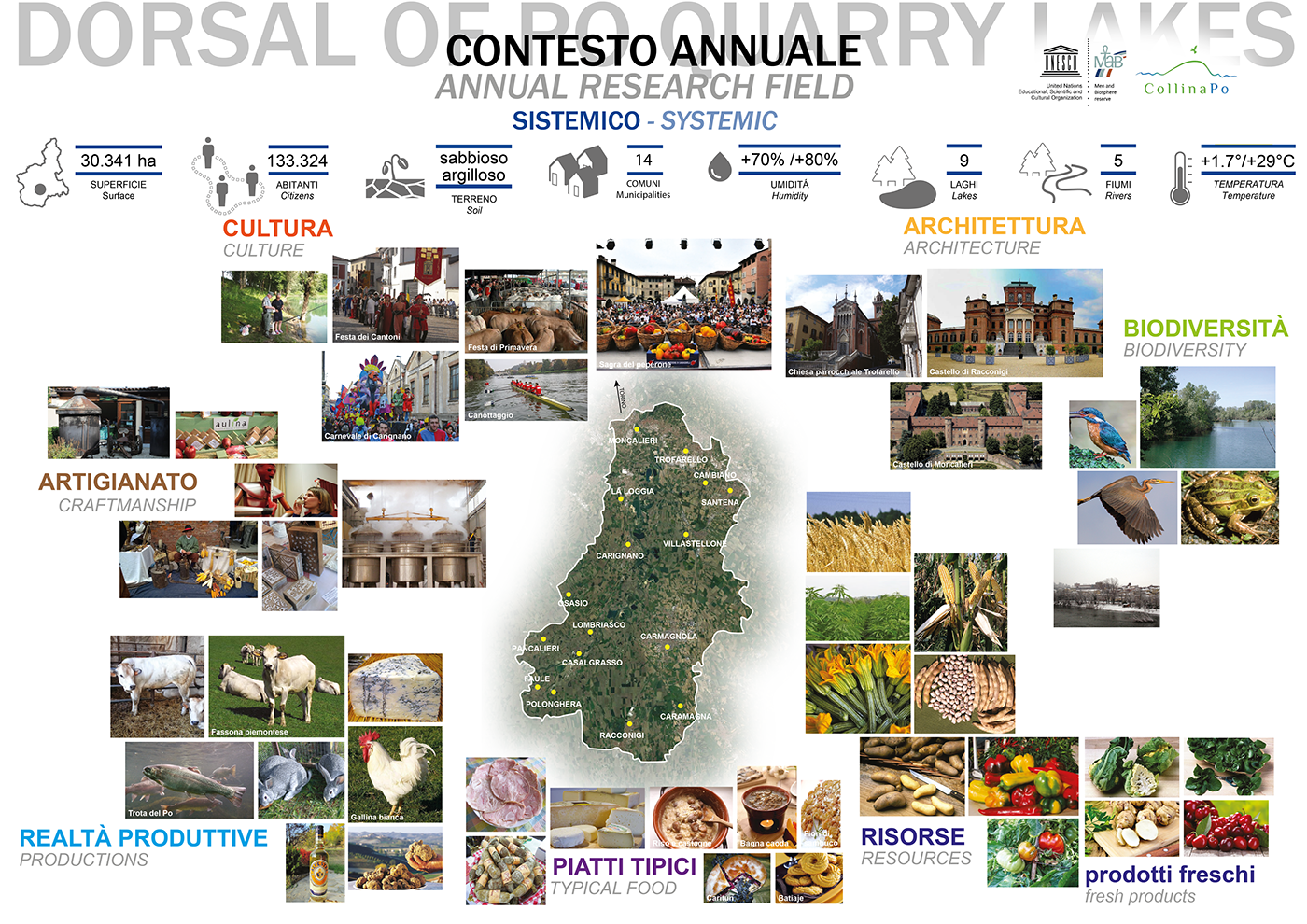

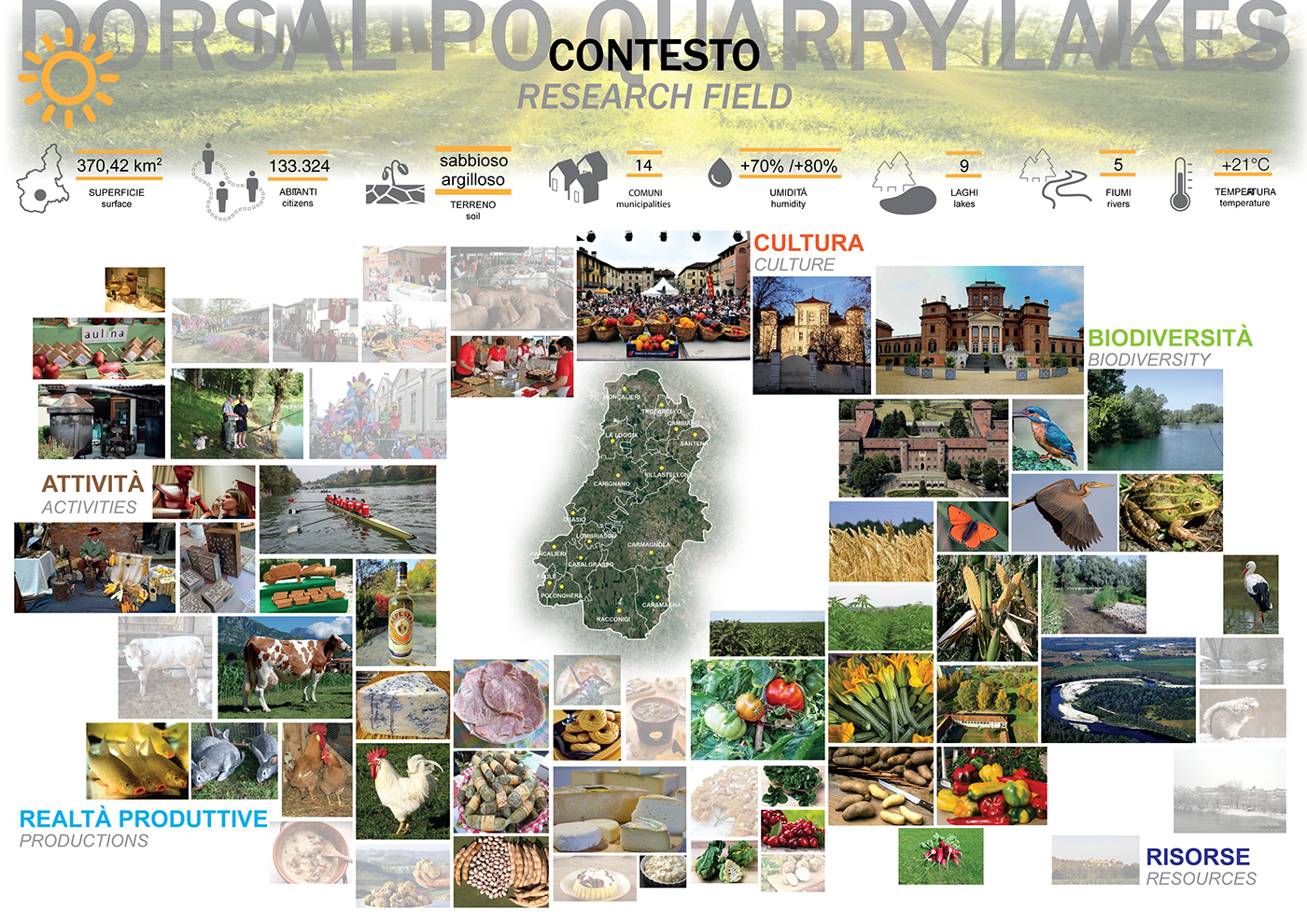







THANKS FOR
WATCHING
